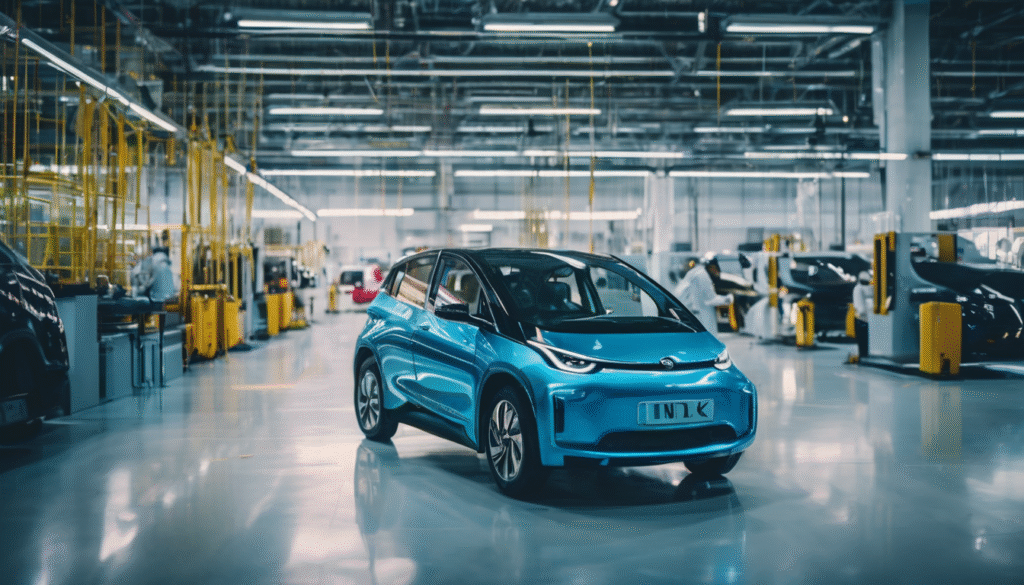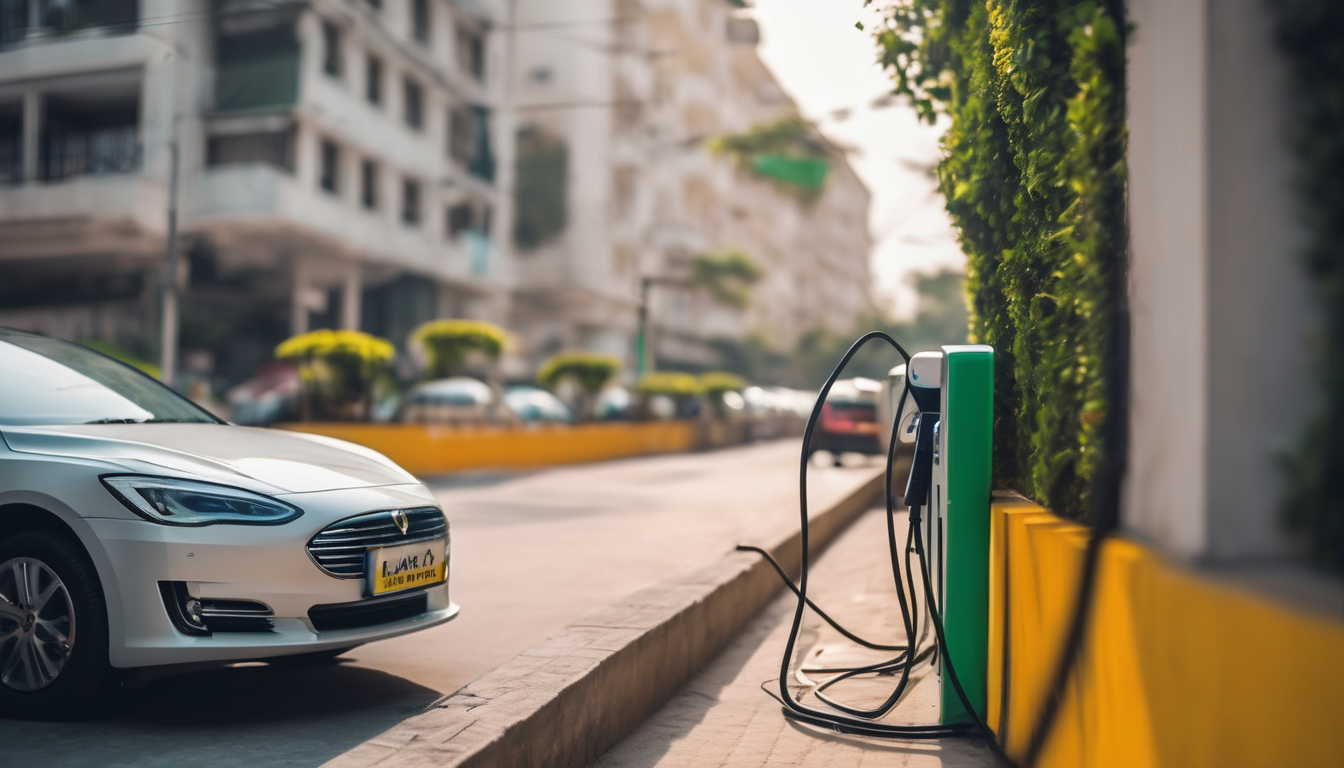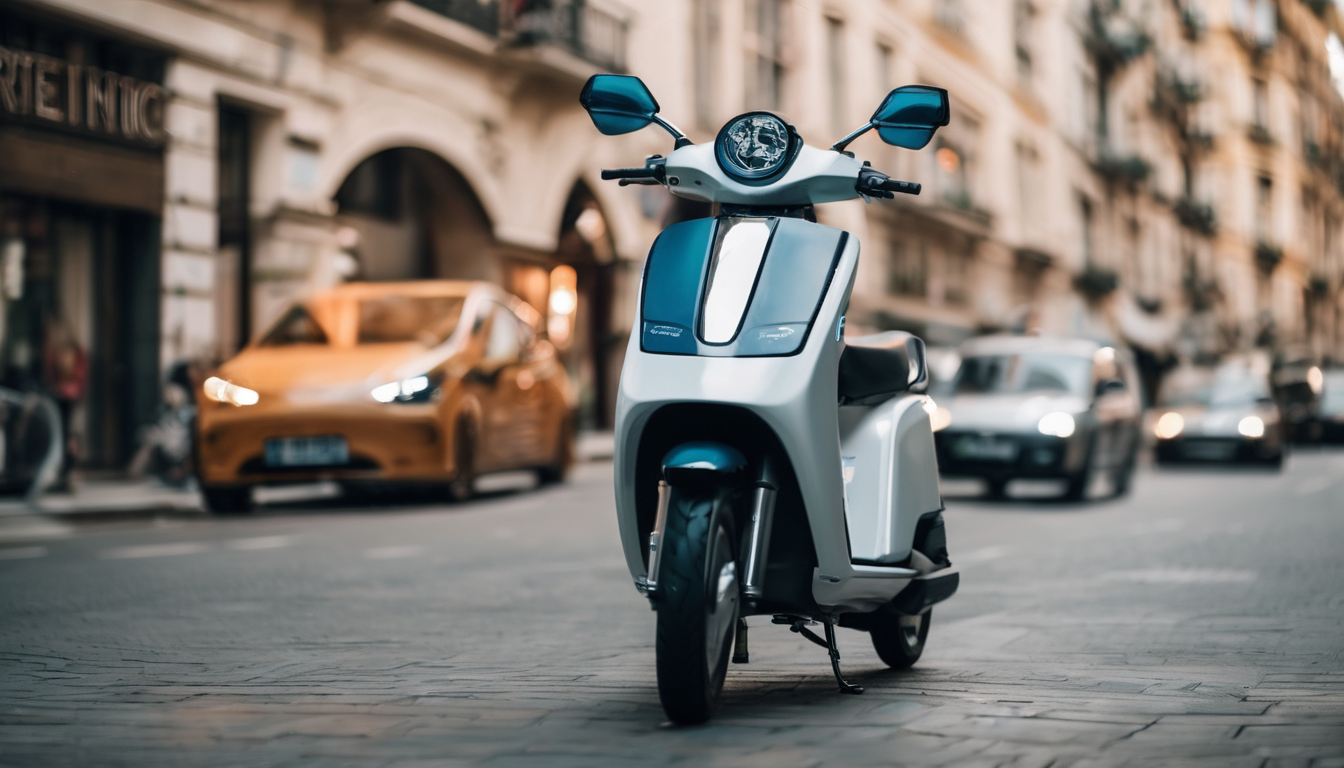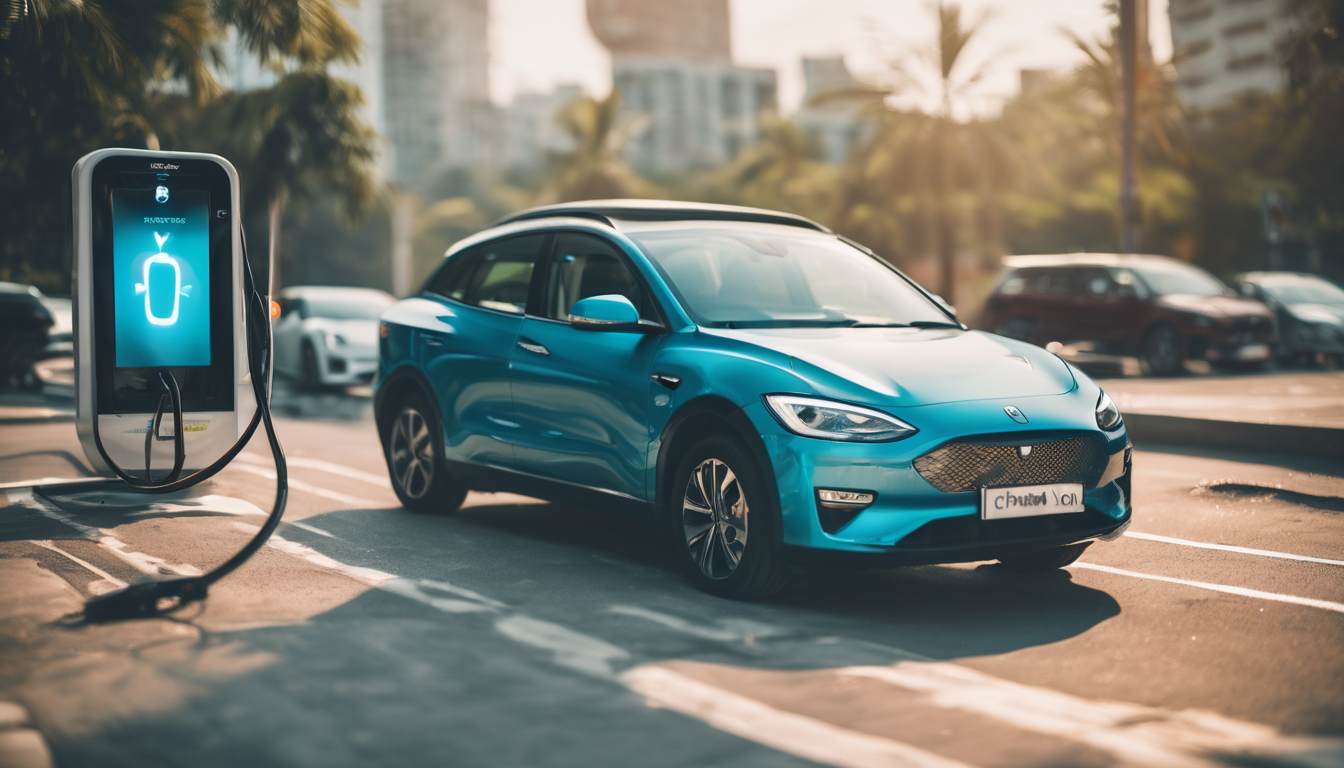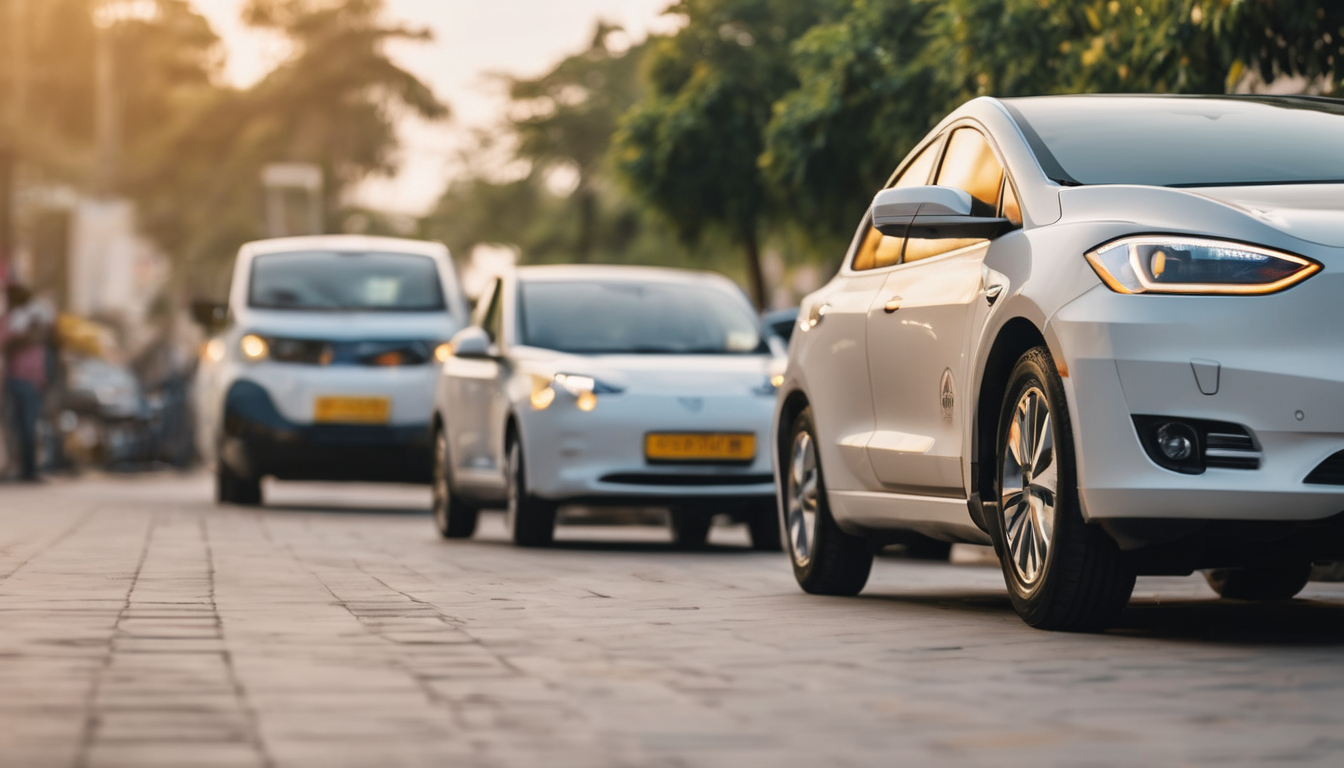Introduction
As the world pivots towards sustainable energy solutions, India stands at the forefront of this transformation with its ambitious vision for electric vehicle (EV) manufacturing by 2030. Recognizing the need to reduce dependency on fossil fuels, the Indian government has unveiled a comprehensive strategy aimed at revolutionizing the EV landscape. This initiative not only encompasses manufacturing but also addresses infrastructure, policy frameworks, and technological advancements, setting the stage for a greener and more efficient transportation system.
Understanding India’s 2030 EV Manufacturing Vision
India’s roadmap for EV manufacturing is rooted in several key objectives aimed at enhancing both local production and global competitiveness. Here are the primary components of this vision:
1. Increasing Domestic Production
The government aims to significantly ramp up domestic EV production. By focusing on local manufacturing, India seeks to achieve self-sufficiency, reducing reliance on imports. This includes:
– **Incentives for Local Manufacturers**: Financial benefits and tax exemptions for EV manufacturers.
– **Partnerships with Global Automakers**: Collaborations with established brands to leverage technology and expertise.
– **Support for Startups**: Encouraging innovation through funding and incubation programs for new players in the EV sector.
2. Infrastructure Development
Robust charging infrastructure is imperative for the success of electric vehicles. The government is implementing strategies to build a comprehensive network of charging stations across the country, including:
– **Fast Charging Stations**: Establishing high-speed charging points along major highways and urban areas.
– **Home Charging Solutions**: Incentives for residential charging setups to promote EV ownership.
– **Battery Swapping Stations**: Introducing battery swapping technology for two-wheelers and small vehicles to ease range anxiety.
3. Policy Framework and Incentives
A supportive policy framework is essential for fostering growth in the EV sector. Key initiatives include:
– **Reduction of GST on EVs**: Lowering the Goods and Services Tax on electric vehicles to make them more affordable for consumers.
– **Subsidies for Buyers**: Direct subsidies for consumers purchasing electric vehicles, especially in rural areas.
– **Research and Development Grants**: Funding for R&D in battery technology and sustainable materials to enhance EV performance and reduce costs.
Technological Advancements Driving EV Growth
To achieve its ambitious goals, India is investing in cutting-edge technology that will propel the EV sector forward. This includes:
1. Battery Technology Innovations
– **Lithium-Ion and Beyond**: Research into alternative battery chemistries like solid-state batteries for improved energy density and safety.
– **Local Battery Manufacturing**: Establishing facilities for battery production to minimize import costs and enhance supply chain resilience.
2. Smart Charging Solutions
– **Integration with Renewable Energy**: Developing smart charging systems that utilize solar and wind energy to charge EVs, further reducing carbon footprints.
– **Vehicle-to-Grid Technologies**: Implementing systems that allow EVs to feed energy back into the grid, enhancing energy security.
Challenges and Opportunities Ahead
While the vision for 2030 is ambitious, several challenges must be addressed to ensure its success:
1. Infrastructure Gaps
Despite progress, the current charging infrastructure remains insufficient. Continuous investment is needed to bridge this gap and support the growing EV population.
2. Consumer Awareness and Acceptance
There is a need for extensive awareness campaigns to educate consumers about the benefits of EVs, including lower maintenance costs and environmental impact. For a deeper understanding of EV maintenance, you can check out this article on EV Maintenance Costs in India.
3. Policy Consistency
Ensuring that policies remain stable and predictable will be crucial for attracting both domestic and international investment. Consistency in government support will foster confidence among manufacturers.
Global Comparisons and Future Prospects
India’s vision for EV manufacturing aligns with global trends toward electrification. Countries like China and the United States have made significant strides in EV adoption and manufacturing. By studying their models, India can refine its strategies and enhance competitiveness.
– **China**: Leading in battery technology and production capacity.
– **USA**: Innovations in EV infrastructure and consumer incentives.
India’s unique position, with its large population and growing urban centers, presents a significant opportunity for exponential growth in the EV sector. As automakers like Tata Motors introduce models such as the Tata Tiago EV, the Indian market is poised for a transformation that could redefine personal and public transport.
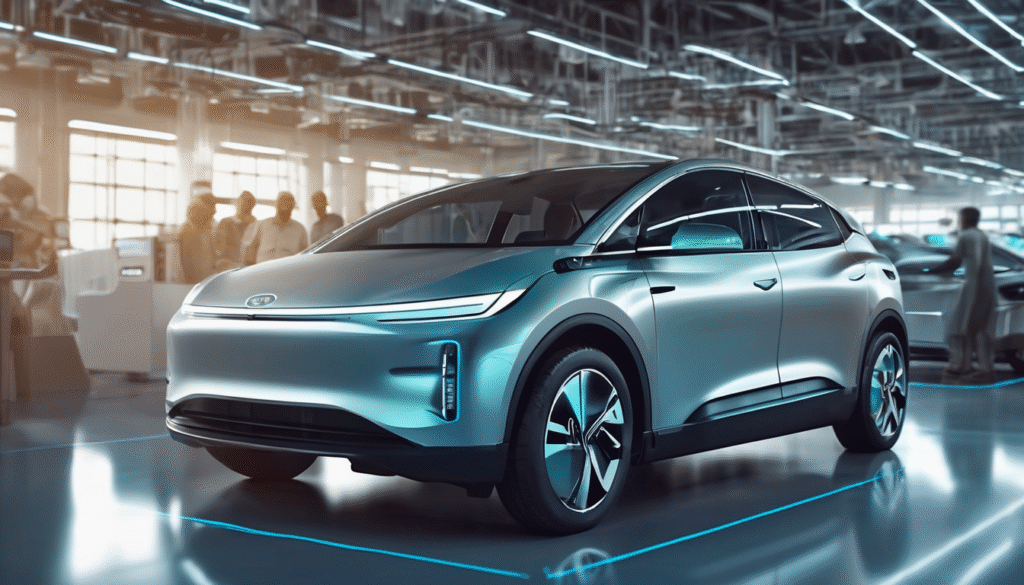
Conclusion
The vision for electric vehicle manufacturing in India by 2030 is not just a plan; it is a commitment to sustainable development and innovation. With ambitious goals, a supportive policy framework, and significant investment in infrastructure and technology, India is set to become a formidable player in the global EV market. As we move closer to 2030, it will be crucial for stakeholders across the automotive ecosystem to collaborate and drive this vision forward.
If you’re interested in learning more about the future of electric vehicles or want to stay updated on the latest trends and technologies, consider subscribing to our blog for more insights. Together, let’s drive towards a sustainable future!
FAQs
1. What is the Indian government’s target for EV manufacturing by 2030?
The target is to significantly increase domestic EV production and reduce reliance on imports, aiming for a robust infrastructure and a substantial market share in the global EV industry.
2. How will the government support EV buyers?
The government plans to implement subsidies, reduce GST on EVs, and provide incentives for home charging solutions.
3. What are the challenges facing the EV sector in India?
Key challenges include insufficient charging infrastructure, consumer awareness, and the need for consistent policy support.
4. How important is battery technology for EV growth?
Battery technology is crucial for improving range, reducing costs, and enhancing overall vehicle performance, making it a focal point of India’s EV strategy.
5. What role do international partnerships play in India’s EV vision?
International partnerships can bring in advanced technologies, investment, and expertise, helping India accelerate its EV manufacturing capabilities.


